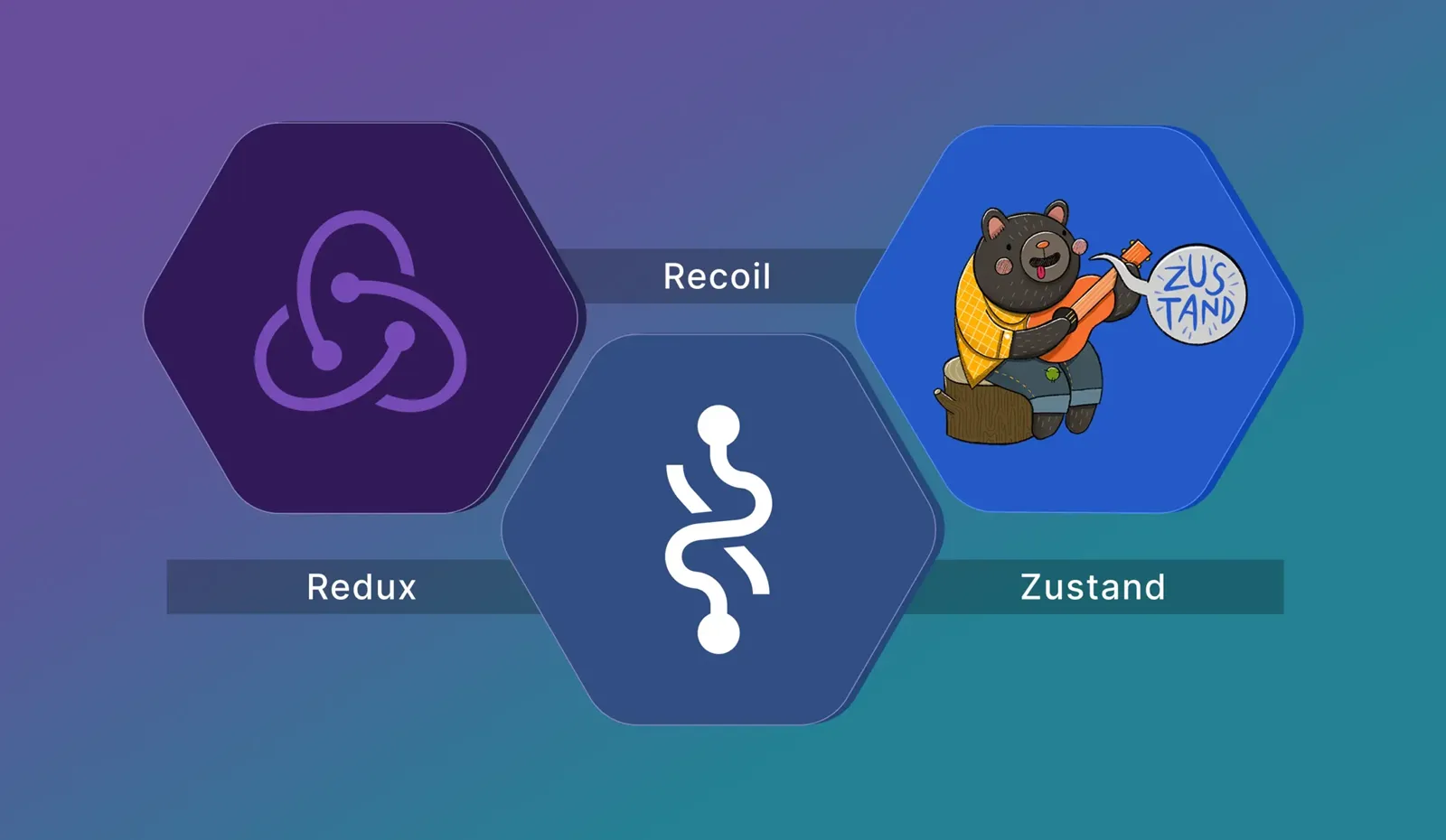React has changed the way we build user interfaces. With its component-based architecture and one-way data flow, managing application state has become more predictable and explicit. However, as your app grows in size and complexity, the age-old question arises: "When do I really need a dedicated state management library like Redux, Zustand, or Recoil?"

Many new developers rush to integrate Redux into their "Hello World" projects, while others try to handle everything with just useState until it becomes unbearable. So, what’s the right path?
This article will help you pinpoint the golden moment to adopt a global state management solution—avoiding both overkill and underkill.
Part 1: Back to Basics – What is State?
Before diving deeper, let’s revisit the core concept.
In React, state is a plain JavaScript object that holds data which can change over time and determines how a component renders and behaves. When state changes, React automatically re-renders the component to reflect those changes.
With hooks like useState and useReducer, React provides powerful tools for managing local state—state that belongs to a single component or is shared with its direct children.
function Counter() {
// 'count' is a local state of the Counter component
const [count, setCount] = useState(0)
return (
<div>
<p>You clicked {count} times</p>
<button onClick={() => setCount(count + 1)}>Click me</button>
</div>
)
}
For small apps, useState and useReducer are often enough. But things get interesting as your app grows.
Part 2: The "Pain Points" That Signal It’s Time to Level Up
You don’t need an external state management library just because it "sounds professional." You need it when you start feeling real pain during development. Here are the clearest warning signs.
🚨 Sign 1: "Prop Drilling" – The Nightmare of Passing Props Down
This is the most common and annoying problem. Prop Drilling refers to passing data (props) through many layers of components that don’t use them, just to get the data to a deeply nested child.

Classic example:
Imagine your component tree is App -> HomePage -> UserProfile -> UserAvatar. The App component holds user info (e.g., currentUser), but only the deepest UserAvatar component actually needs currentUser.avatarUrl to display the avatar.
To do this, you have to:
- Pass
currentUserfromApptoHomePage. HomePagedoesn’t use it, but passes it toUserProfile.UserProfilemight use some info, then passescurrentUsertoUserAvatar.
It’s like wanting to deliver a letter to someone at the end of a hallway, but having to hand it through every person in every room along the way. This makes your code:
- Hard to maintain: Changing the data structure in the parent can break a whole chain of child components.
- Verbose and hard to read: Intermediate components are "polluted" with unrelated props.
- Harder to reuse components.
If you find yourself drilling props through 2–3 layers, it’s time to stop and consider a global solution.
🚨 Sign 2: Global State Emerges
When multiple components that aren’t directly related need to access or update the same data, you have global state.
Typical examples of global state include:
- Logged-in user info: Almost every part of the app needs to know who the user is and their permissions.
- Shopping cart state: The "Add to cart" button on a product page needs to update the cart icon in the header.
- Theme mode: A theme switcher in the header needs to change the look of the whole app.
- Language: The language selection should apply to all text in the app.
Trying to manage these by "lifting state up" to the highest common parent quickly leads to prop drilling. This is where a global store shines.
🚨 Sign 3: State Update Logic Gets Complicated
When user actions in one place can trigger complex changes elsewhere, handling logic directly in components gets messy.
Example: When a user adds a "special promotion" product to the cart, the app needs to:
- Update the cart product list.
- Recalculate the total price.
- Check if the current discount code is still valid.
- Send an analytics event.
- Show a "Added successfully!" notification.
Stuffing all this logic into an onClick handler is a nightmare. A good state management system lets you separate this logic from the component, so the component can focus on rendering and calling clear actions.
Part 3: What Are the Solutions? From Simple to Advanced
Once you know you need a solution, you have plenty of options. Start with what’s built in.
1. Context API + useReducer: The "Homemade" Solution
React’s Context API lets you "teleport" data through the component tree without prop drilling. Combined with useReducer for complex logic, you get a pretty strong global state solution without extra libraries.
- When to use it?
- For small to medium apps.
- When global data doesn’t change too frequently (e.g., theme, user info).
- When you want to avoid adding a new dependency.
- Drawbacks:
- Performance can suffer if context state changes often, since all components using that context will re-render.
2. Dedicated Libraries: Redux, Zustand, Recoil…
When your app is truly large, with complex data flows and high performance needs, dedicated libraries are the best choice.

- Redux (with Redux Toolkit):
- Strengths: The gold standard, huge ecosystem, great debugging tools (Redux DevTools), very predictable data flow. Redux Toolkit has made Redux much less verbose than before.
- When to use? Large enterprise apps that need stability, predictability, and scalability. When your team is already familiar with Redux.
- Zustand:
- Strengths: Extremely simple and lightweight. No need for a "Provider" to wrap the whole app. Minimal, easy-to-learn syntax.
- When to use? When you want the simplicity of
useStatebut at a global level. Great for projects of any size, especially if you want to avoid Redux complexity.
- Recoil:
- Strengths: An "atomic" approach from Facebook. You can create "atoms" (small pieces of state) and components only subscribe to the atoms they care about. This optimizes re-renders efficiently.
- When to use? When your app has lots of independent state pieces and you want to optimize render performance to the max.
Conclusion: Start Simple
So, when do you need state management? The answer is: When you feel the pain.
- Always start with local state (
useState). It’s the simplest and most effective tool. - If state needs to be shared with child components, pass it via props.
- When prop drilling starts to annoy you (2–3 layers deep), consider Context API.
- When global state gets complex, changes often, and update logic is messy, consider a dedicated library like Zustand or Redux.
Don’t pick a tool just because it’s trendy. Understand the problems your app faces and choose the best solution. Effective state management will make your app not only work well, but also easy to maintain and grow in the future.
Happy coding with React!
![[React Basics] Effective and Optimal Styling in React](/images/blog/styling-in-react.webp)
![[React Basics] useState Hook: How to Manage State Effectively in React](/images/blog/react-usestate-hook.webp)
![[React Basics] How to Deploy a React App Easily in 5 Minutes](/images/blog/typescript-with-react.webp)
![[React Basics] Dynamic Routes in React: The Secret to Building Flexible Apps](/images/blog/dynamic-routes-in-react.webp)